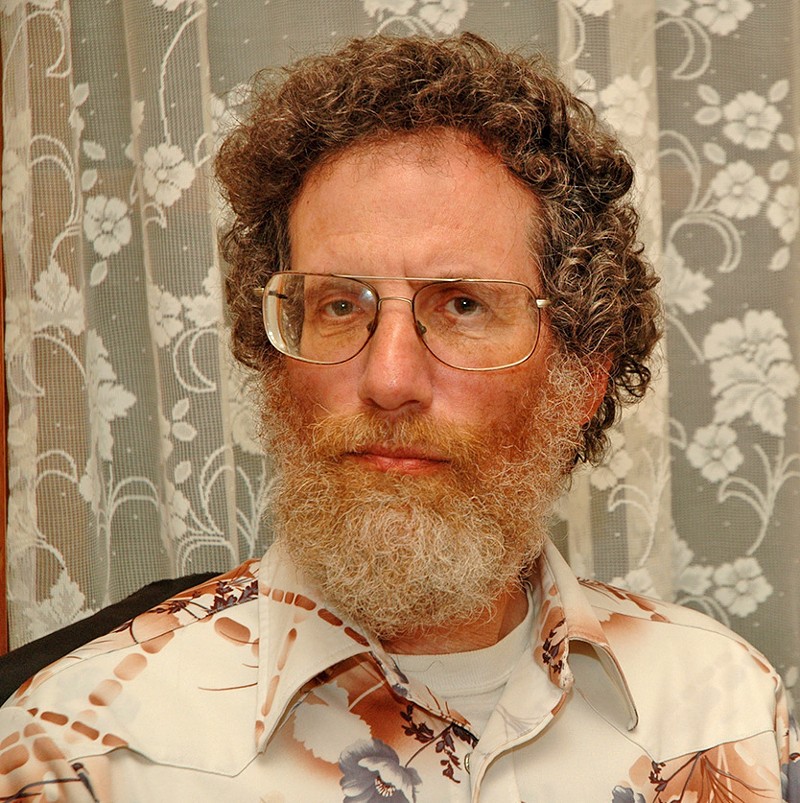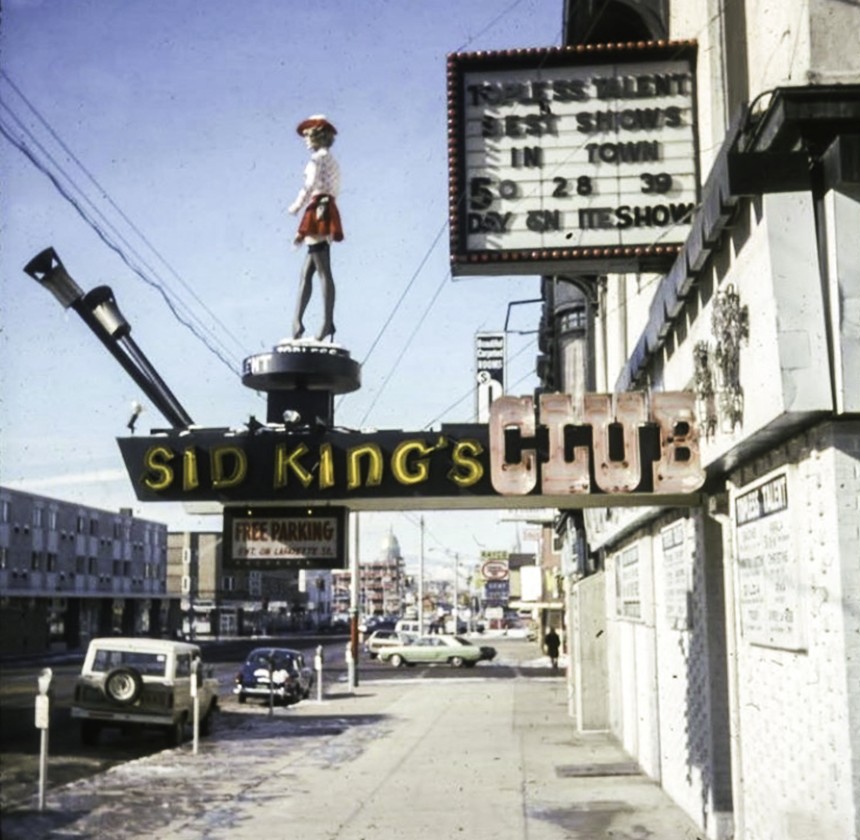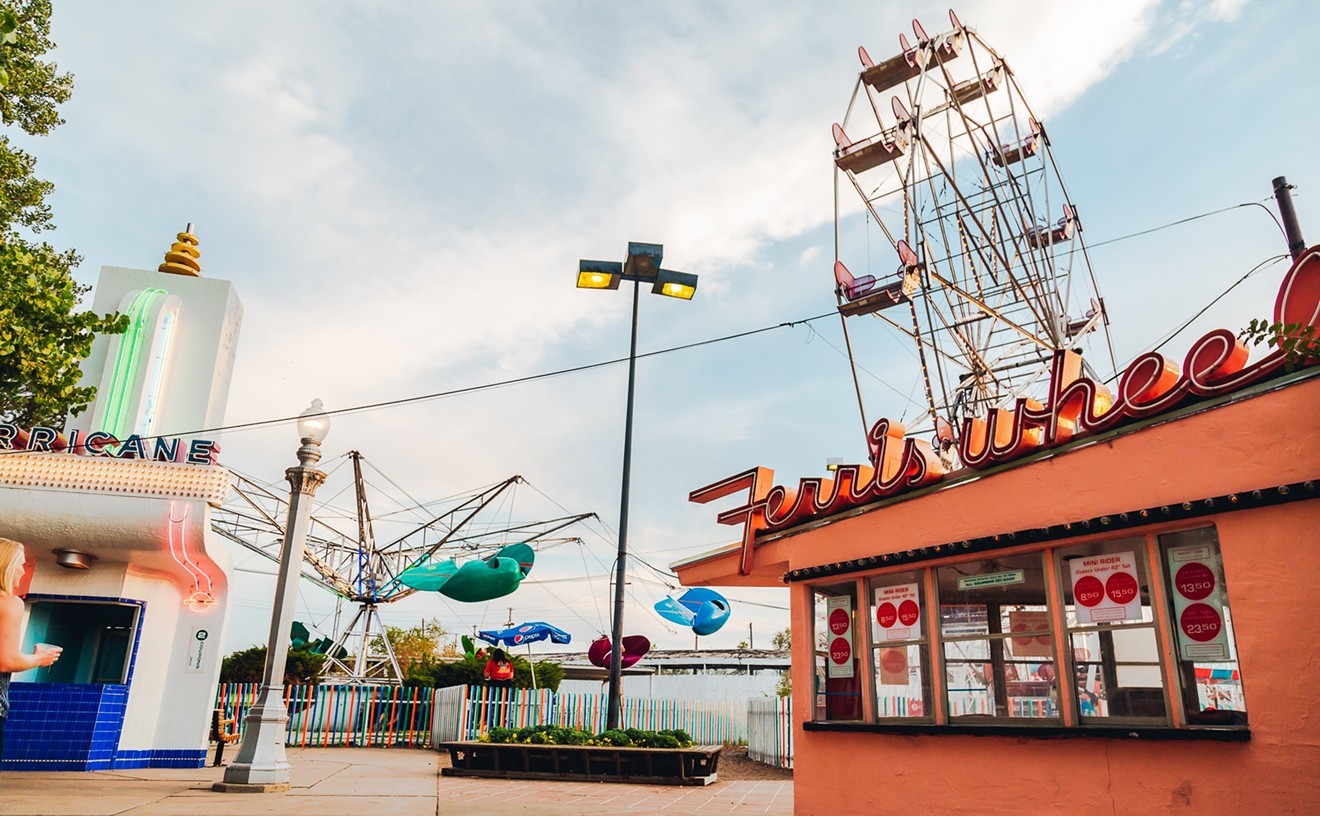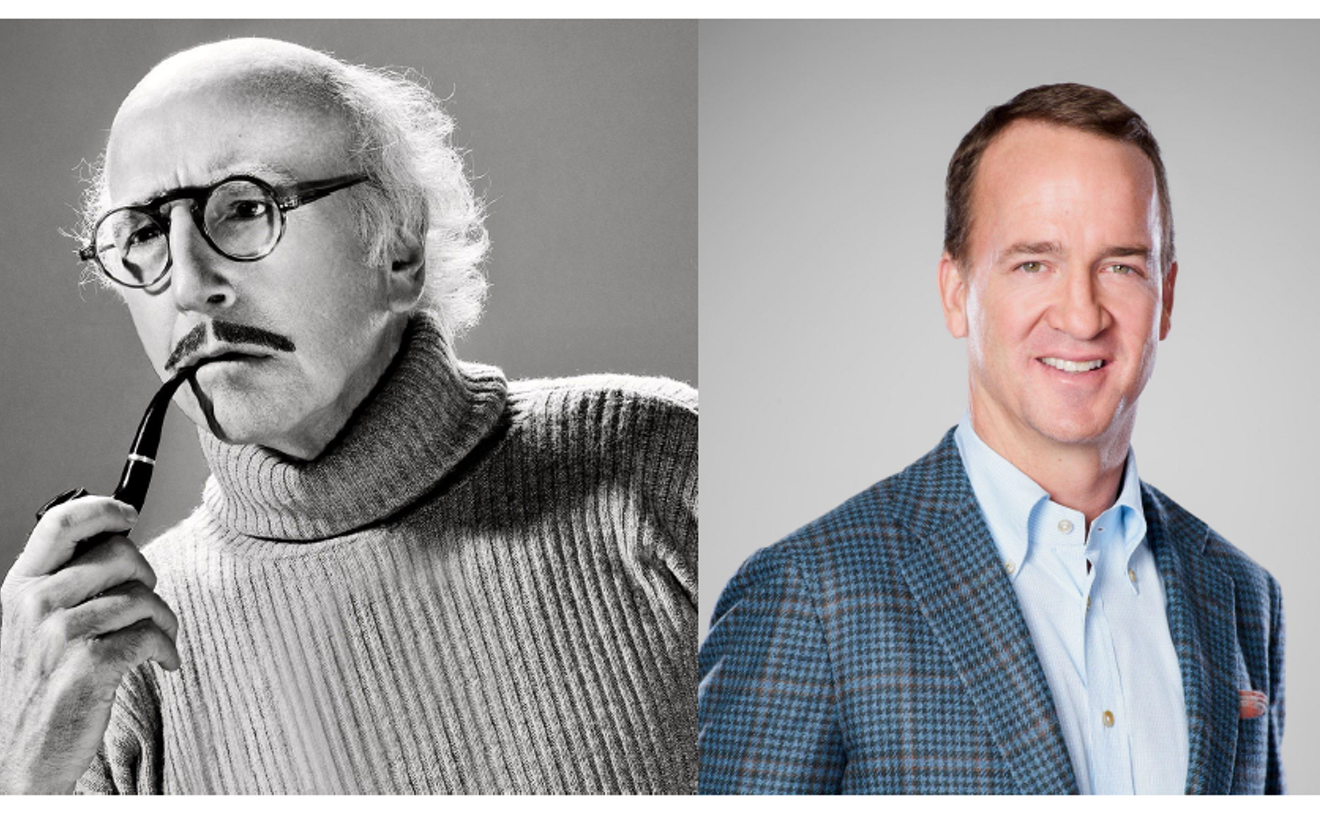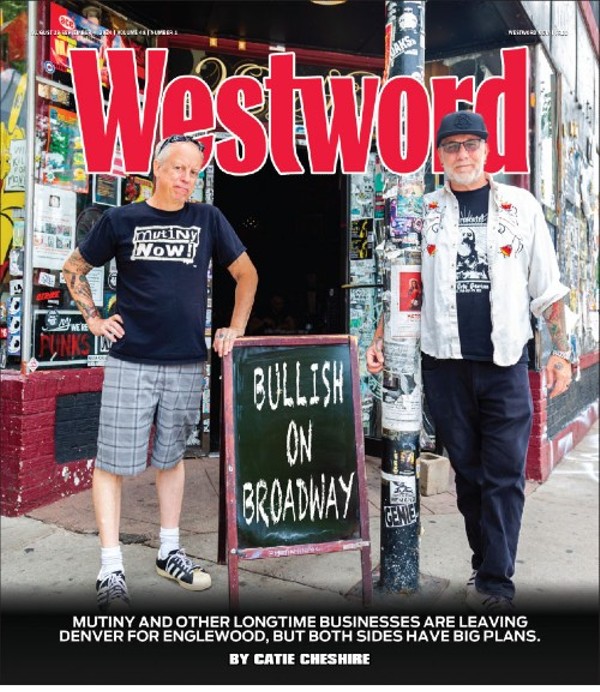Back in 2014, Denver historian Phil Goodstein was in talks with a London publisher about putting together a book called Lost Denver, but they had a falling-out over what was actually lost in Denver. So Goodstein pulled out of the project and focused on the first two of three volumes in his history of the Denver Public Schools. After wrapping up the second, he decided to dive back into the Lost Denver idea and write The Denver That Is No More: The Story of the City’s Demolished Landmarks.
Through hundreds of photographs, Goodstein offers a straightforward history of the city. “This is what Denver looked like, this is what we destroyed, and this is what we once valued,” he explains.
The book starts with the Pikes Peak gold rush and walks readers through the movie houses, sporting establishments and industries that made Denver what it was — many of which have been forgotten. Goodstein explores how neoclassical architecture represented the ideals of fair government and democracy, and even notes that the Denver Post once had a sculpture of Justice hanging in its entrance. He tried to figure out where that went. "The answer is nobody knows," says Goodstein.
Through its history, Denver has had two dominant types of people, asserts Goodstein: those who want to make the city a permanent home and build community, and those who see this place as a site for quick profits and are willing to dispose of the past to make way for the new.
"The City Hall, especially since the end of World War II, wants to make Denver a progressive city,” he explains. “Progress is defined as destroying yesterday’s landmarks with this willing blindness.” Those looking for something more permanent with an eye toward tradition have been historically less organized than the monied interests who have pushed for nearly ceaseless change, he adds.
As always, Goodstein hopes that the history he writes will help shape the present and future of this place. “The argument I give — and I’ve used it so much it’s a cliché: 'Grasping the past, we can understand the present,'" he says. "If we can understand the present, we can shape our future."
Goodstein will sign The Denver That Is No More from 11 a.m. to 2 p.m. Saturday, May 1, at 1330 Monroe Street.

Audio By Carbonatix
[
{
"name": "Air - MediumRectangle - Inline Content - Mobile Display Size",
"component": "12017618",
"insertPoint": "2",
"requiredCountToDisplay": "2",
"watchElement": ".fdn-content-body",
"astAdList": [
{
"adType": "rectangle",
"displayTargets": "mobile"
}
]
},{
"name": "Editor Picks",
"component": "17242653",
"insertPoint": "4",
"requiredCountToDisplay": "1",
"watchElement": ".fdn-content-body",
"astAdList": [
{
"adType": "rectangle",
"displayTargets": "desktop|tablet"
},{
"adType": "rectangle",
"displayTargets": "desktop|tablet|mobile"
}
]
},{
"name": "Inline Links",
"component": "18838239",
"insertPoint": "8th",
"startingPoint": 8,
"requiredCountToDisplay": "7",
"maxInsertions": 25
},{
"name": "Air - MediumRectangle - Combo - Inline Content",
"component": "17261320",
"insertPoint": "8th",
"startingPoint": 8,
"requiredCountToDisplay": "7",
"maxInsertions": 25,
"watchElement": ".fdn-content-body",
"astAdList": [
{
"adType": "rectangle",
"displayTargets": "desktop|tablet"
},{
"adType": "rectangle",
"displayTargets": "desktop|tablet|mobile"
}
]
},{
"name": "Inline Links",
"component": "18838239",
"insertPoint": "8th",
"startingPoint": 12,
"requiredCountToDisplay": "11",
"maxInsertions": 25
},{
"name": "Air - Leaderboard Tower - Combo - Inline Content",
"component": "17261321",
"insertPoint": "8th",
"startingPoint": 12,
"requiredCountToDisplay": "11",
"maxInsertions": 25,
"watchElement": ".fdn-content-body",
"astAdList": [
{
"adType": "leaderboardInlineContent",
"displayTargets": "desktop|tablet"
},{
"adType": "tower",
"displayTargets": "mobile"
}
]
}
]

